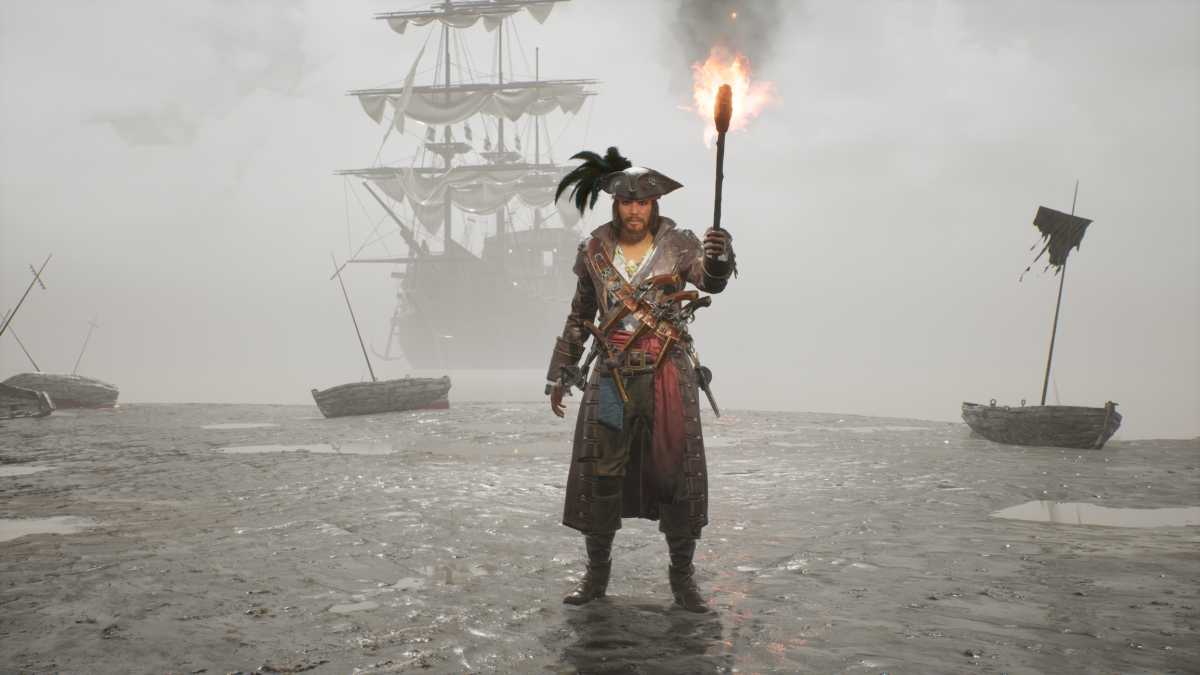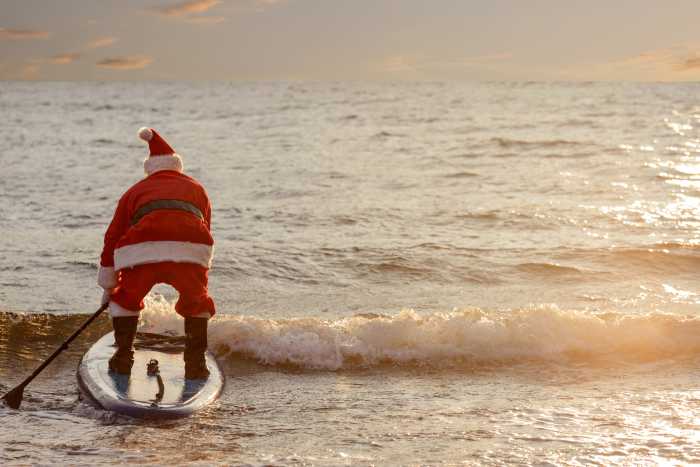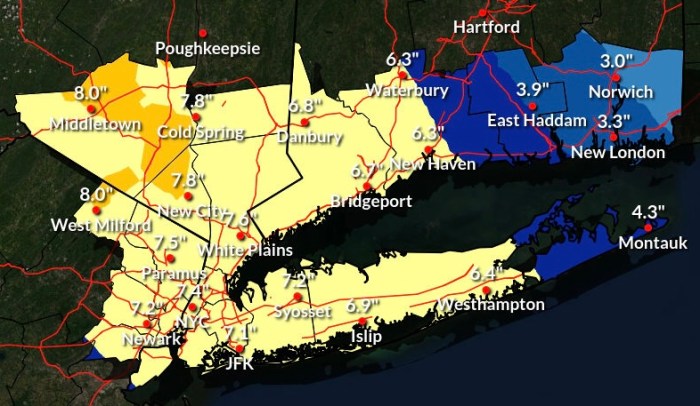According to popular cultural myth, pirates have a je ne sais quoi charm. Captain Jack Sparrow’s character in the blockbuster movie Pirates of the Caribbean embodies many unique qualities while becoming a beloved antihero. The pirates who inhabited the South Shore Coastline from Sandy Hook to Fire Island lacked such charisma.
As colonial settlements took shape across the East Coast, local thieves would learn and use the geography of the constantly shifting sand bars to their advantage. The Sandy Hook and Fire Island coastlines became busy shipping channels for merchant freighters en route to New York City Harbors. Raiding these ships no longer required long hunts of fast schooners on the open ocean but weighed heavy on tricking these vessels to come to you by having them run aground.
Jeremiah Smith’s early history on Fire Island is unclear and mired in myth. Most accounts of Smith started in 1795 when he built his home on Fire Island in today’s Cherry Grove. According to popular legend, Jeremiah would plant a grove of cherry trees, which gave the town its current name, Cherry Grove. Smith would become the first documented resident of the Island and be the first Land Pirate/ Wrecker documented by name. His home was his primary operation, located near an inlet and lacking the presence of any law enforcement. His operation peaked before the 1826 construction of the first Fire Island Lighthouse, which would bring law enforcement patrols. Smith, with a small team, would lure ships to sand bars, and once they ran aground, he would raid them for their valuables.
On one such night, he was looking for gold that was believed to be on a ship. Two sailors with makeshift money belts stored much of the gold as the boat took on water and swam to shore. While on shore, Smith killed both sailors to relieve them of their valuables. The number of ships he plundered is lost to time.
By 1796, Jeremiah would die at the age of 53. Smith’s son Lucius was believed to have taken over his operation in the decades to come, but the family reign of terror over the South Shore Coastline ended on November 11, 1834. Lucius, unloading his wagon, discharged his gun accidentally into his arm. A doctor was called to treat his wound but feared the wound was infected, which resulted in him getting his arm amputated at the shoulder. Lucius would die as a result of that amputation.
One of the most notorious land pirates/ wrecker operations was in Barnegat, New Jersey. Shipping companies grew suspicious that multiple freighters containing expensive cargo kept running aground in Barnegat, New Jersey. In 1834, the New York Gazette ran a story that an insurance company sent an agent out to Barnegat, New Jersey, to investigate the cause of the many shipwrecks. The insurance agent concluded that at least two-thirds of the local town residents were employed by salvaging rights of wrecked ships or directly involved in piracy. In the aftermath of this scathing report, New Jersey arrested and convicted several wreckers for luring ships and passengers to their demise. Additional charges included not rendering aid to shipwrecked victims.
By February 1846, New Jersey and most of the eastern coastline states passed laws that made it a crime to plunder dead bodies or have a local municipality refuse assistance to sinking ships and their crew. These laws prevented further acts of piracy in New Jersey, but Fire Island still operated in the shadows of the desolate landscapes.
Wreckers are responsible for looting the “Elizabeth” when she ran aground offshore of Pont O’Woods in 1850, leading to the death of the celebrated feminist Margaret Fuller. They are not believed to have murdered any passenger or crew members aboard the ship but are recorded for their indifference to the distressed crew’s lives as they came to the beach in droves to loot Italian marble and other cargo the Elizabeth was transporting.
In making the journey to Fire Island shortly after Elizabeth’s demise to recover a manuscript Fuller had been working on, author Henry David Thoreau refers to wreckers in his book of essays, “Cape Cod.”:
“Once, it was also my business to go in search of the relics of a human body…which had just been cast up, a week after a wreck, having got the direction from a lighthouse…the sandy beach, a half-mile wide, and stretching further than the eye could reach… When a cargo of rags is washed ashore, every old pocket and bag-like recess will be filled to bursting with sand, even after they had been ripped open by wreckers, deluded me into hope of the identifying contents.”
In decades that would follow, the term wreckers would become scarcer in shipwreck records. The term appeared one final time in association with Fire Island on Christmas Day 1904. The British Steamship “Drumelzier” ran aground on a sand bar near Point O Woods with a cargo of household furniture and china from France, estimated to be valued at $80,000 (Three million dollars in today’s value). After the captain and crew were evacuated, a salvage crew arrived to retrieve the inventory on January 27, 1905. They discovered one side of the wreck dynamited to provide easy access to the ship’s hull. All the contents were removed, including the cabinetry bolted into the staterooms. Even the ship’s brass piping was pried off, leaving nothing of value on the ship.



























